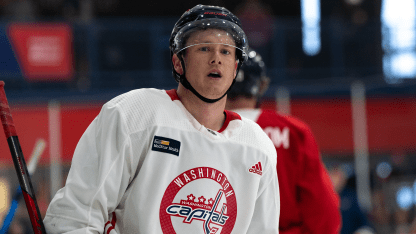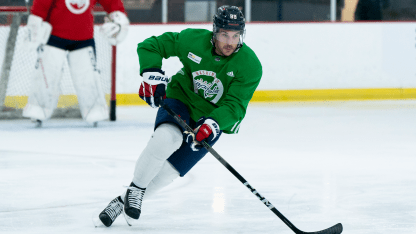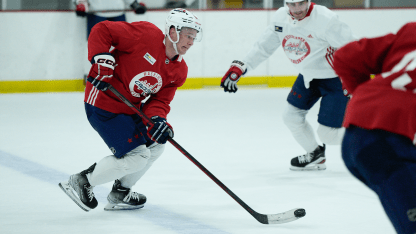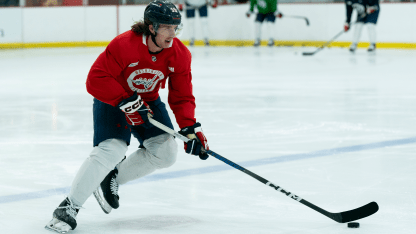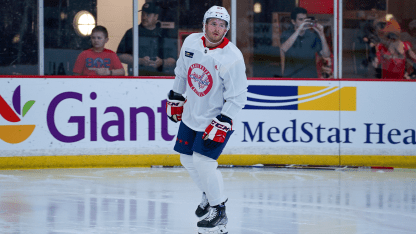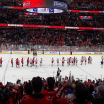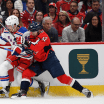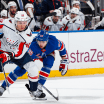Midway through the month of September, Caps’ captain Alex Ovechkin celebrated his 38th birthday. In April of this year, he celebrated his “half-life” with the Caps; Ovechkin has now spent more than half of his life with the Washington organization.
Over that span of nearly two decades, the hockey landscape has changed drastically in this area. Caps’ games draw consistently strong attendance, and the team has been successful on the ice during the Ovechkin era. Washington has made the Stanley Cup Playoffs in 14 of the last 16 seasons, and it won its first Stanley Cup championship in 2018.
Those are just the differences and improvements visible to those who follow the team, though. Another impact of the Ovechkin era of Caps hockey is the growth of hockey participation in these parts over the last two decades.
When Washington released its rookie camp and training camp rosters for this fall’s training camp, four local products who played youth hockey while growing up in the area were among the players listed. At the Capitals’ main camp were Garrett Roe of Vienna, Va., Joe Snively of Reston, and Alex Limoges of Winchester. Additionally, the Caps invited Ashburn’s Ryan Leibold to their rookie camp in Annapolis in the days leading up to training camp.
The 35-year-old Roe is the oldest of the quartet, and the 24-year-old Leibold is the youngest. The 27-year-old Snively is the only one of the four to ascend to the NHL thus far; he has played a dozen games for the Caps in each of the last two seasons, and he helped the AHL Hershey Bears to a Calder Cup title last spring.
The NHL has been in existence for over 100 years now. Adding up all the players in hockey-reference.com’s birthplace data base, a total of 8,353 players have suited up for at least one game in the League as of the start of this season. Just under 65 percent of those players were born in Canada, while 16.4 percent come from the USA and 18.8 percent of them come from the rest of the world.
Of those Americans, only 13 were players born within what constitutes the DMV – the District of Columbia, Maryland and Virginia. Seven players hail from Virginia, and three each were born in Maryland (including former Caps’ captain Jeff Halpern) and in D.C. Of the Virginia contingent, the most notable ones come from downstate: Eric Weinrich (1,157 NHL games) is from Roanoke, Scott Lachance (819) is from Charlottesville and Scott Darling (126) was born in Newport News. Those three are the only Virginia natives to skate in as many as 100 NHL contests.
Since Ovechkin’s arrival in the area in 2005, youth (and other) hockey participation has increased significantly. There are currently 21,949 total registered USA Hockey players in D.C., Maryland and Virginia (USA Hockey’s Potomac Valley) through the 2022-23 season, representing a 71 percent increase in USA Hockey registrations since Ovechkin’s arrival on the scene 18 years ago.
The total number of USA Hockey-registered youth hockey players (ages 18 and under) in the Washington D.C. area more than doubled from 2005-06 through 2022-23, climbing by 161 percent over that span.
According to USA Hockey registration figures, girl’s hockey registration (aged 19 and under) has also more than doubled since pre-Ovechkin days; climbing by 155 during that time. The total of all players (youth and adult) has risen by a total of 71 percent beginning in 2005-06.
With more participants and some new facilities in the area, hockey participation is expanding in the DMV. And given the interesting crossover with four former local youth hockey players – now playing professionally – from the area attending Caps’ camp this fall, it’s a good time for them to tell their stories, and to reflect on what they’ve seen along the way.
Garrett Roe

